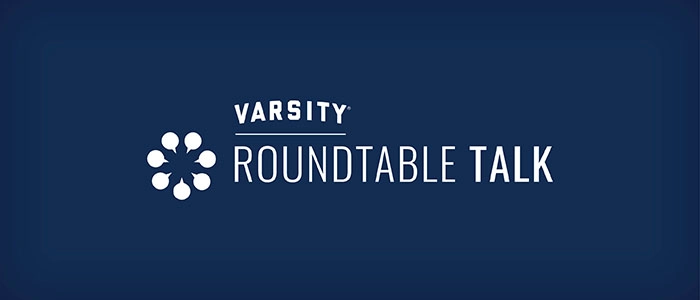The following is a guest blog entry from Larry Carlson. Larry is an advisor, board member, and author of Avandell: Reimagining the Dementia Experience. A longtime CEO in senior living, he now writes and speaks about helping older adults finish strong — living with purpose, vitality, and impact in their third age.
————-
When Margaret toured the community, she wasn’t looking for a swimming pool or a dining venue. She was searching for something she couldn’t quite name — a place that felt alive.
“I don’t want to just move somewhere,” she said. “I want to belong somewhere.”
That line stopped me cold. Because in those few words, Margaret captured the emotional core of every senior living decision. Beneath the surface questions about cost, care, or square footage lies something deeper: What will this next chapter make possible?
From Transaction to Transformation
For years, our industry has measured success by occupancy numbers, conversions, and closing ratios. But older adults aren’t just customers — they’re people navigating one of life’s most personal transitions.
Today’s generation doesn’t want to be sold a lifestyle; they want to be guided toward a renewed sense of purpose, belonging, and vitality. That shift — from selling units to guiding journeys — changes everything. It calls us to approach marketing not as persuasion, but as partnership.
Start with Empathy
Guiding begins with listening. It’s about asking deeper questions:
• What does thriving look like for you now?
• What do you still want to contribute or experience?
• What would make this move feel meaningful — not just comfortable?
When we pause long enough to hear the story behind the inquiry, we stop trying to fill vacancies and start helping people envision a future they can believe in. That’s when trust forms — and when connection turns into commitment.
Purpose Is the New Differentiator
Amenities can be copied. Purpose cannot. Communities that help residents connect their gifts and passions to something larger than themselves stand out in a crowded marketplace. They become places where:
• Residents lead, not just attend.
• Marketing highlights impact, not just activities.
• Staff speak the language of mission, not just service.
When marketing reflects that kind of authenticity, it attracts more than prospects. It inspires teams and reminds everyone why this work matters.
A New Kind of Conversation
The next time you sit down with a prospective resident, listen not for what they want, but for who they’re becoming. Because what we’re really offering isn’t just a new address — it’s a new beginning. We’re not helping people move in; we’re helping them move forward.
Closing Thought
Selling fills units.
Guiding changes lives.
When we reframe our role from closing deals to opening doors of purpose, we honor both the people we serve and the calling behind this work. That’s what finishing strong looks like — for residents, and for all of us who serve them.
About the Author
Larry Carlson is an advisor, board member, and author of Avandell: Reimagining the Dementia Experience. A longtime CEO in senior living, he now writes and speaks about helping older adults finish strong — living with purpose, vitality, and impact in their third age.
